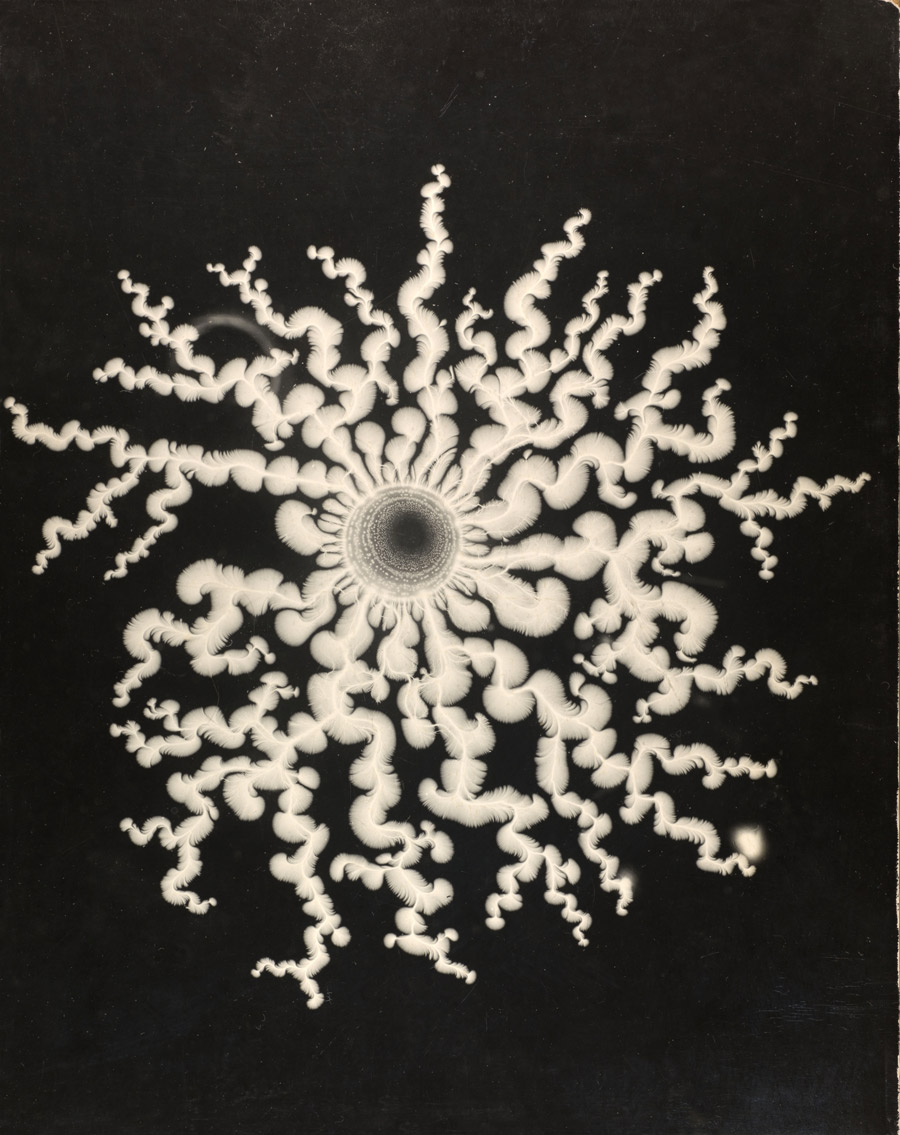
Lichtenberg figures: A. R. von Hippel 1951 – Photographic enlargement on particleboard Lent by Department of Special Collections, Stanford University Libraries
The New Landscape in Art and Science is a 1956 book by Hungarian-born artist and art theorist György Kepes (October 4, 1906 – December 29, 2001). A teacher at Chicago’s New Bauhaus school and founder of the Center for Advanced Visual Studies at the MIT, Kepes looked for the universal language between science and visual art, what he the “new landscape” of scientific imagery.
Kepes “attempted to present in pictures the new visual world revealed by science and technology, things that were previously too big or too small, too opaque or too fast for the unaided eye to see,” the book explains. Everything is connected – similarities and rhythms emerge when you look closely. As John Steinbeck wrote in The Log from the Sea of Cortez, “It is advisable to look from the tide pool to the stars and then back to the tide pool again.”
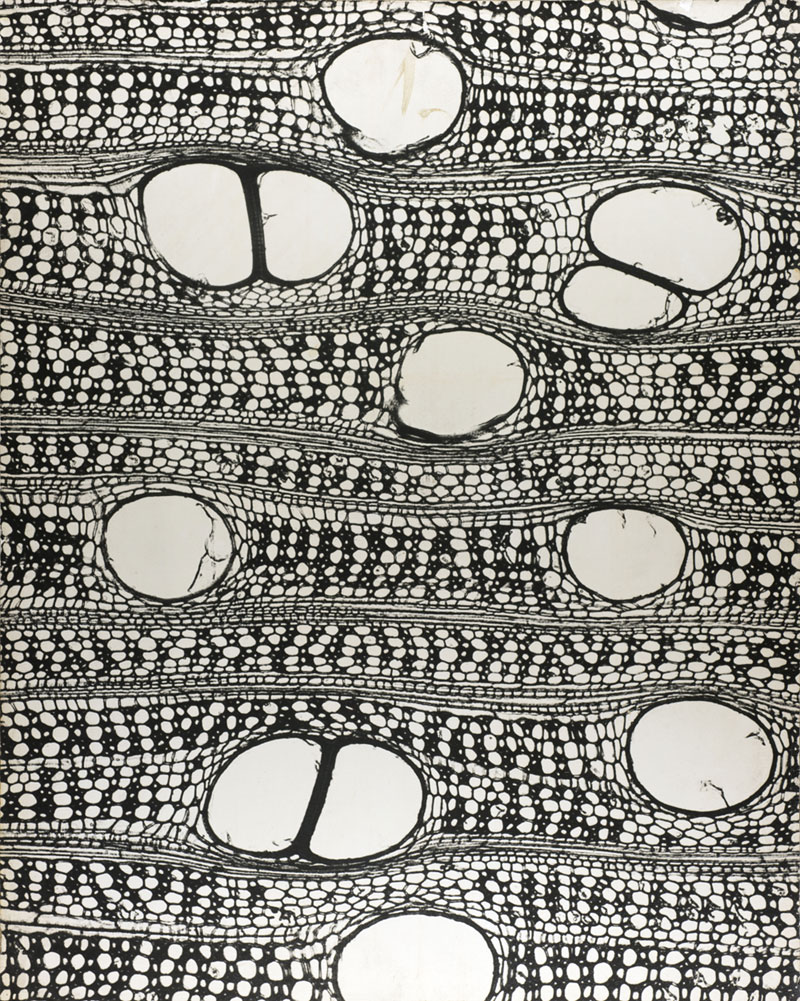
Transverse section of wood: 250X 1951 Photographic enlargement on particleboard Lent by Department of Special Collections, Stanford University Libraries
The obvious world that we know on gross levels of sight, sound taste and touch, can be connected with the subtle world revealed by our scientific instruments and devices. Seen together, aerial maps of river estuaries and road systems, feathers, fern leaves, branching blood vessels, nerve ganglia, electron micrographs of crystals and the tree-like patterns of electrical discharge-figures are connected, although they are vastly different in place, origin and scale … Their similarity of form is by no means accidental. As patterns of energy-gathering and energy-distribution, they are similar graphs generated by similar processes.
– György Kepes

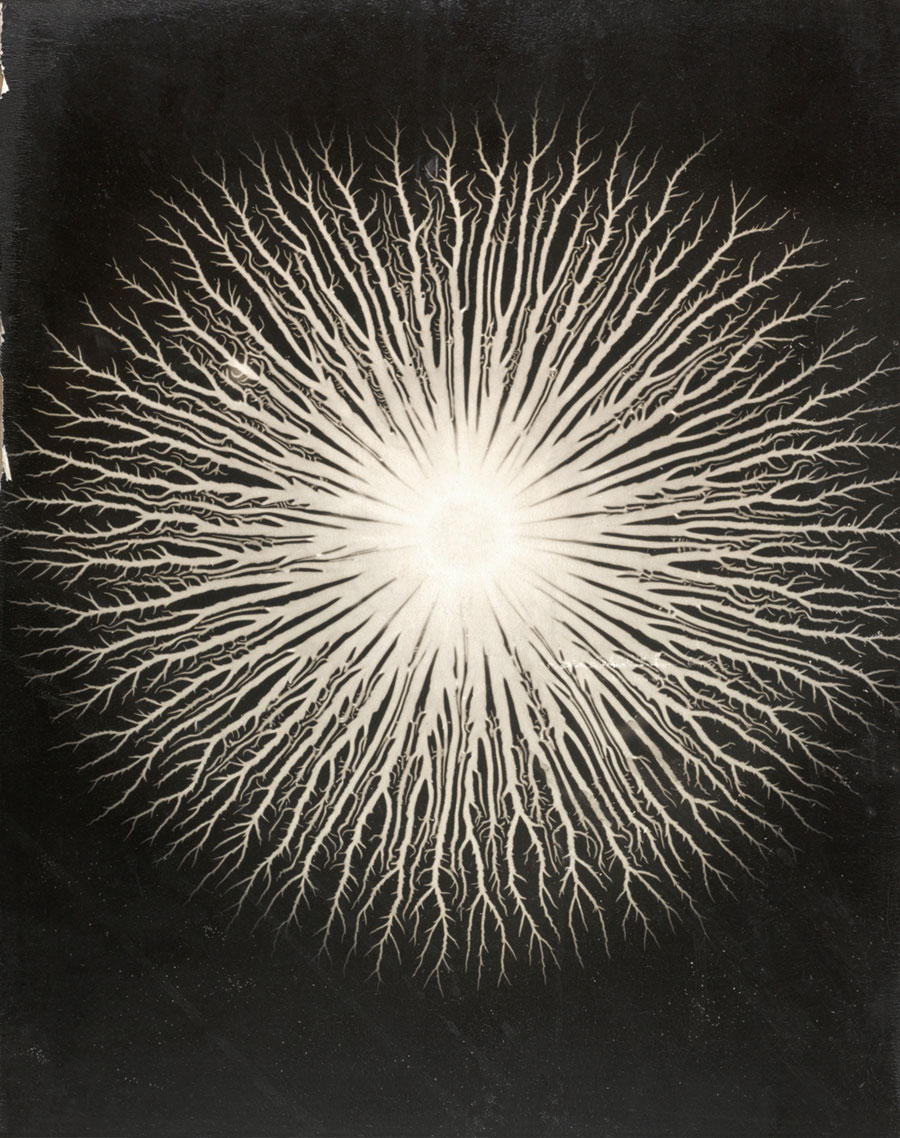
Gyorgy Kepes Lichtenberg figures: A. R. von Hippel 1951 Photographic enlargement on particleboard Lent by Department of Special Collections, Stanford University Libraries
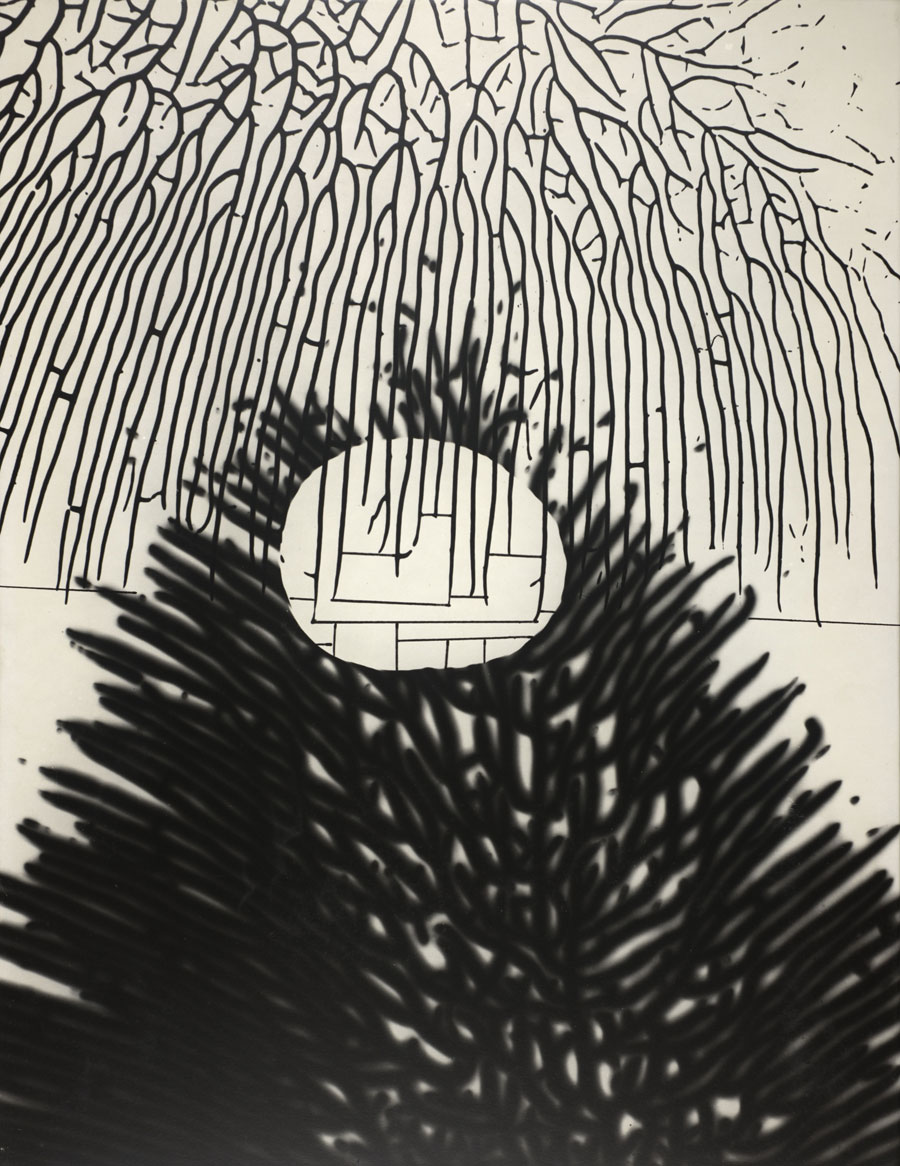
Untitled Date unknown Photographic enlargement on particleboard, date unknown Lent by Department of Special Collections, Stanford University Libraries
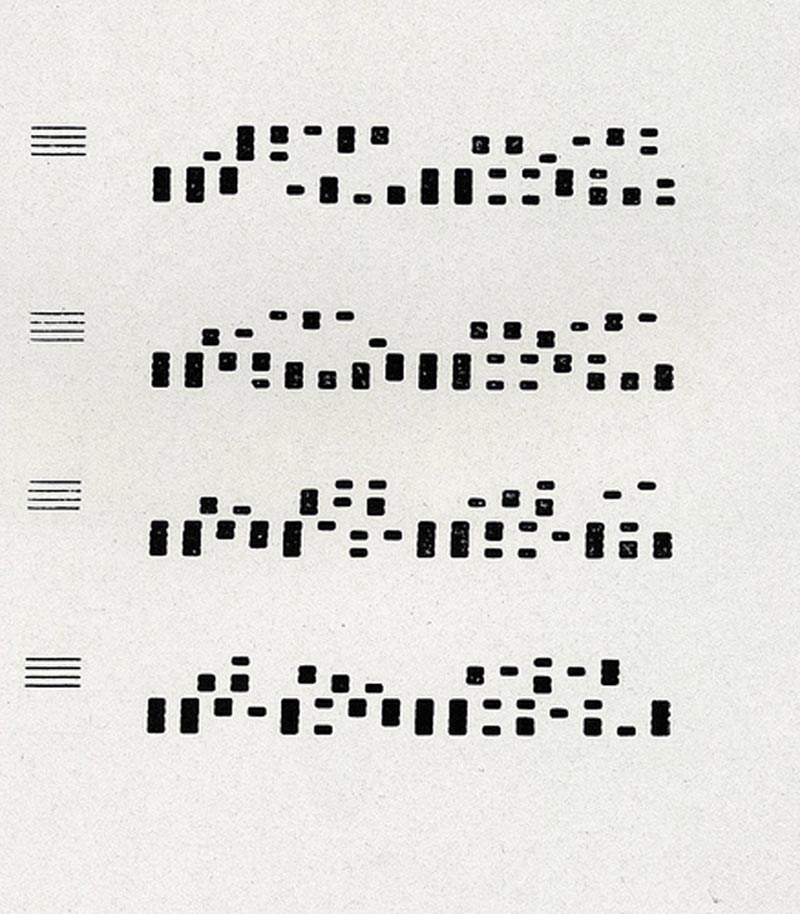
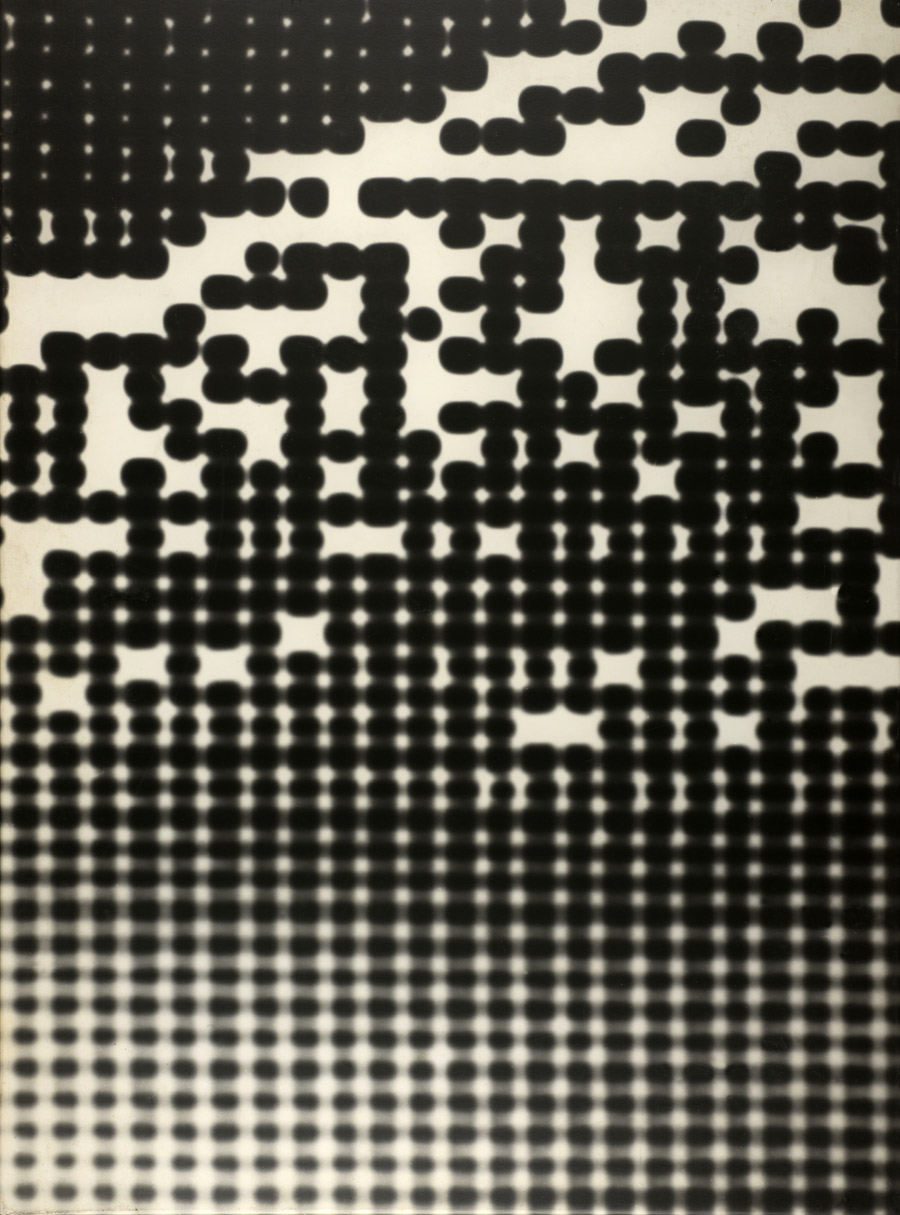
Transverse section of Osmanthus wood: 50X 1951 Photographic enlargement on particleboard Lent by Department of Special Collections, Stanford University Libraries
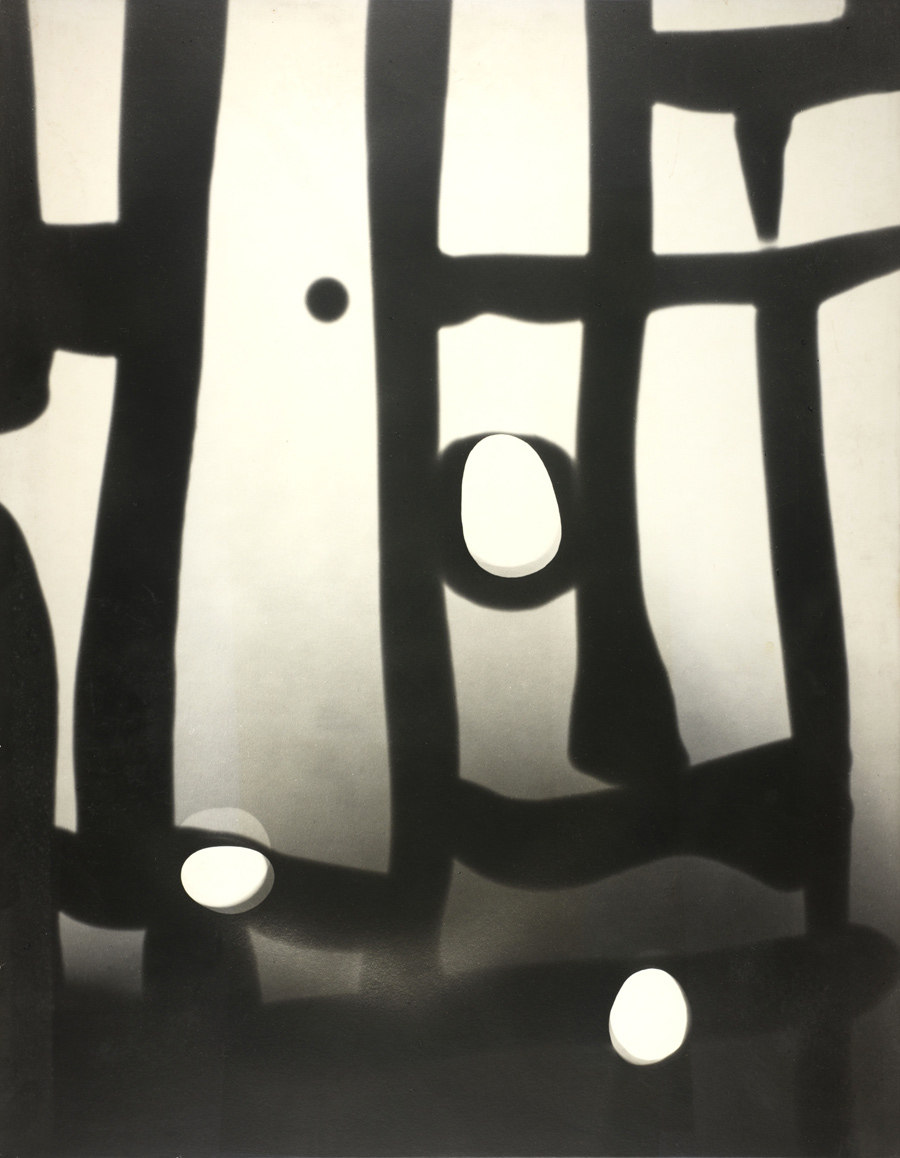
Gate, Photogenic 1948 Photographic enlargement on particleboard, date unknown Lent by Department of Special Collections, Stanford University Libraries
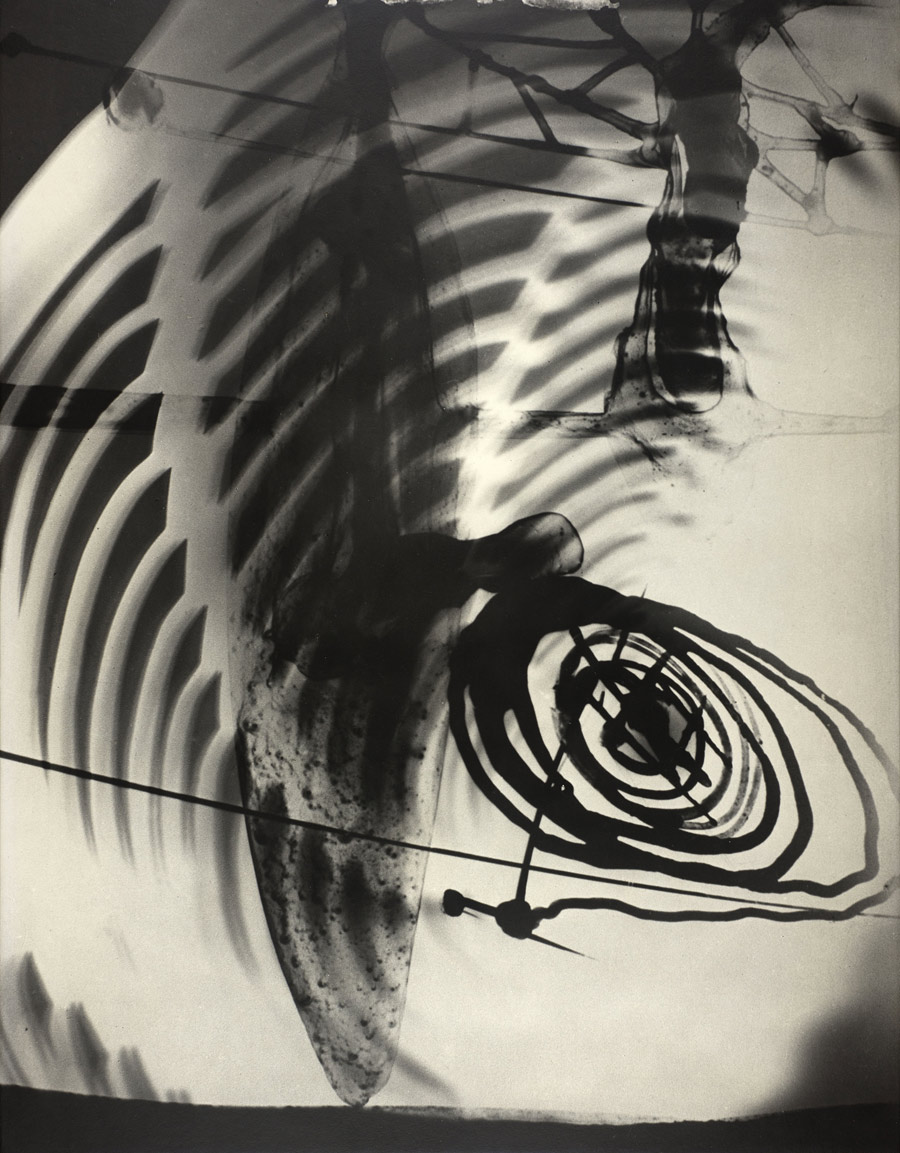
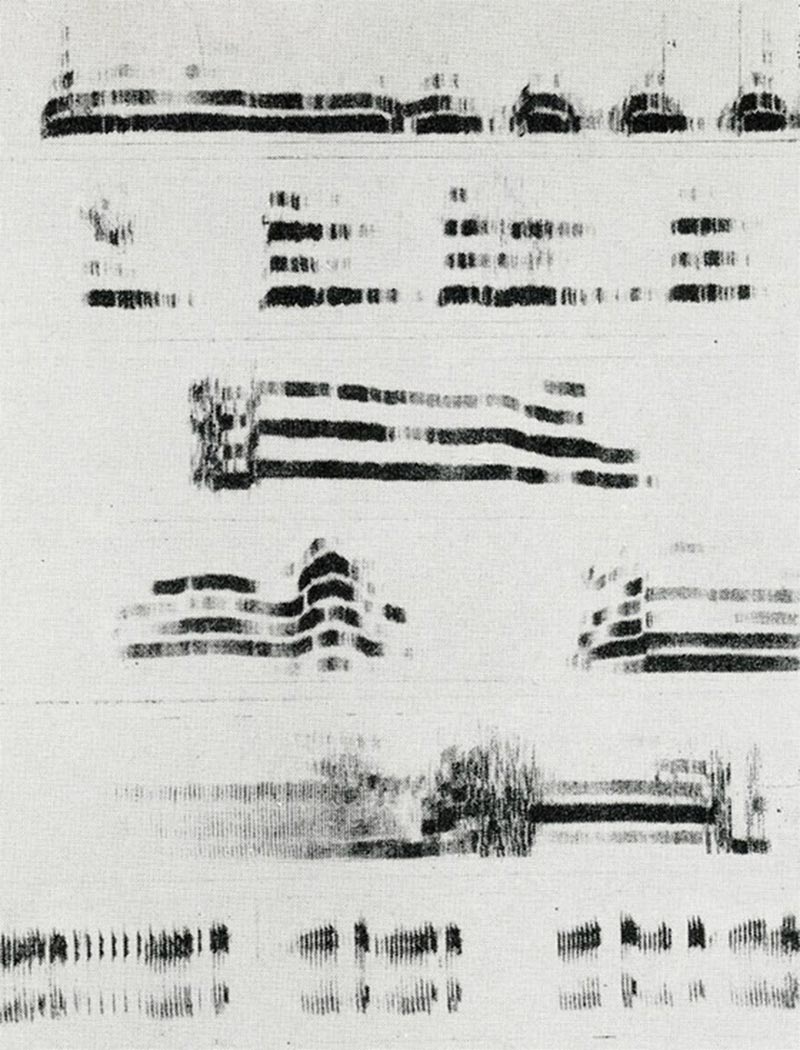
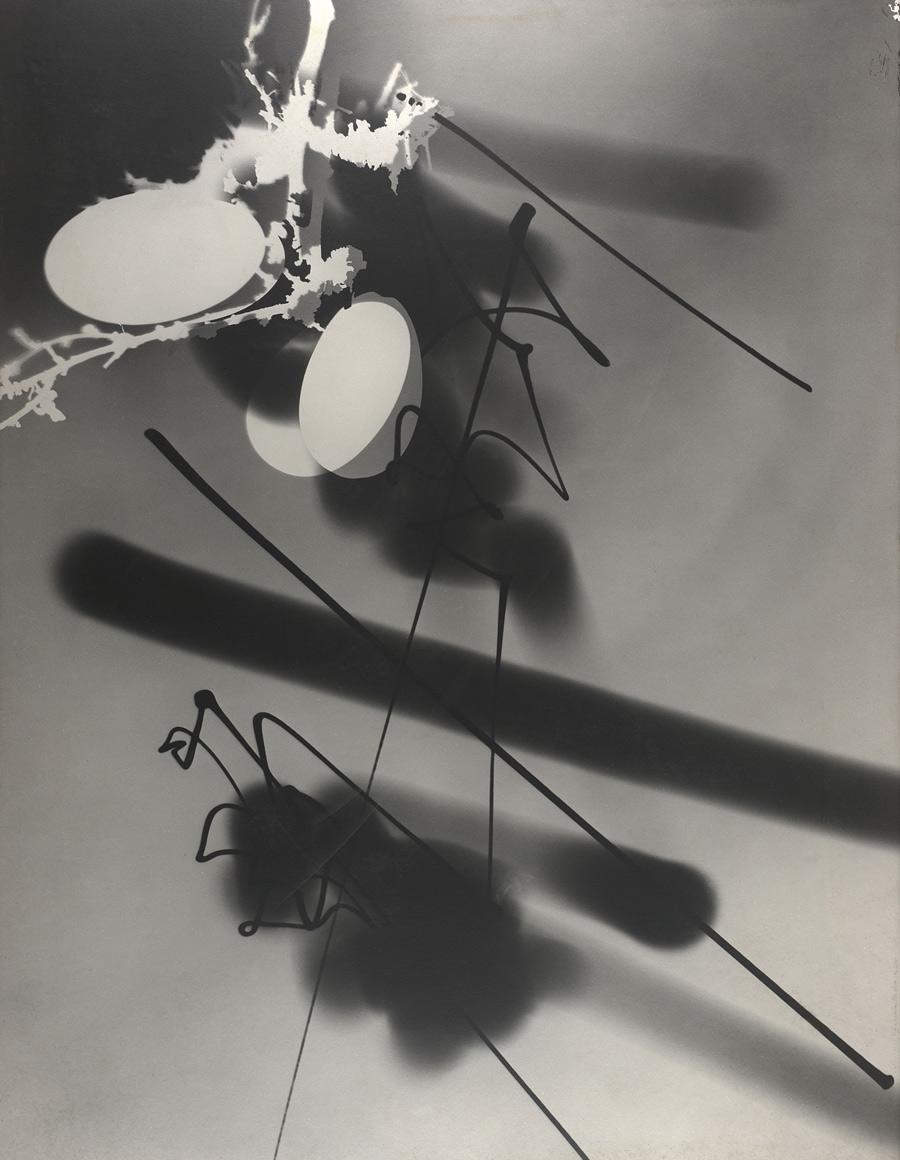
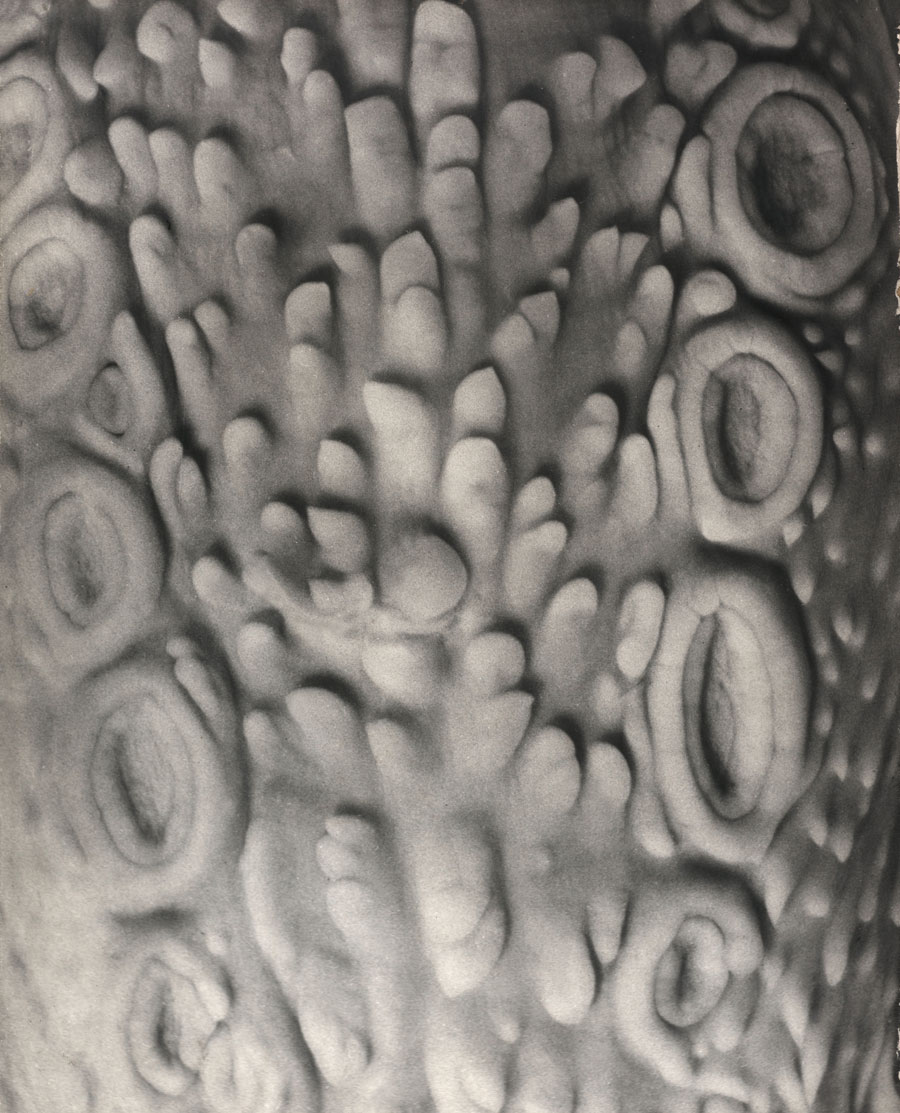
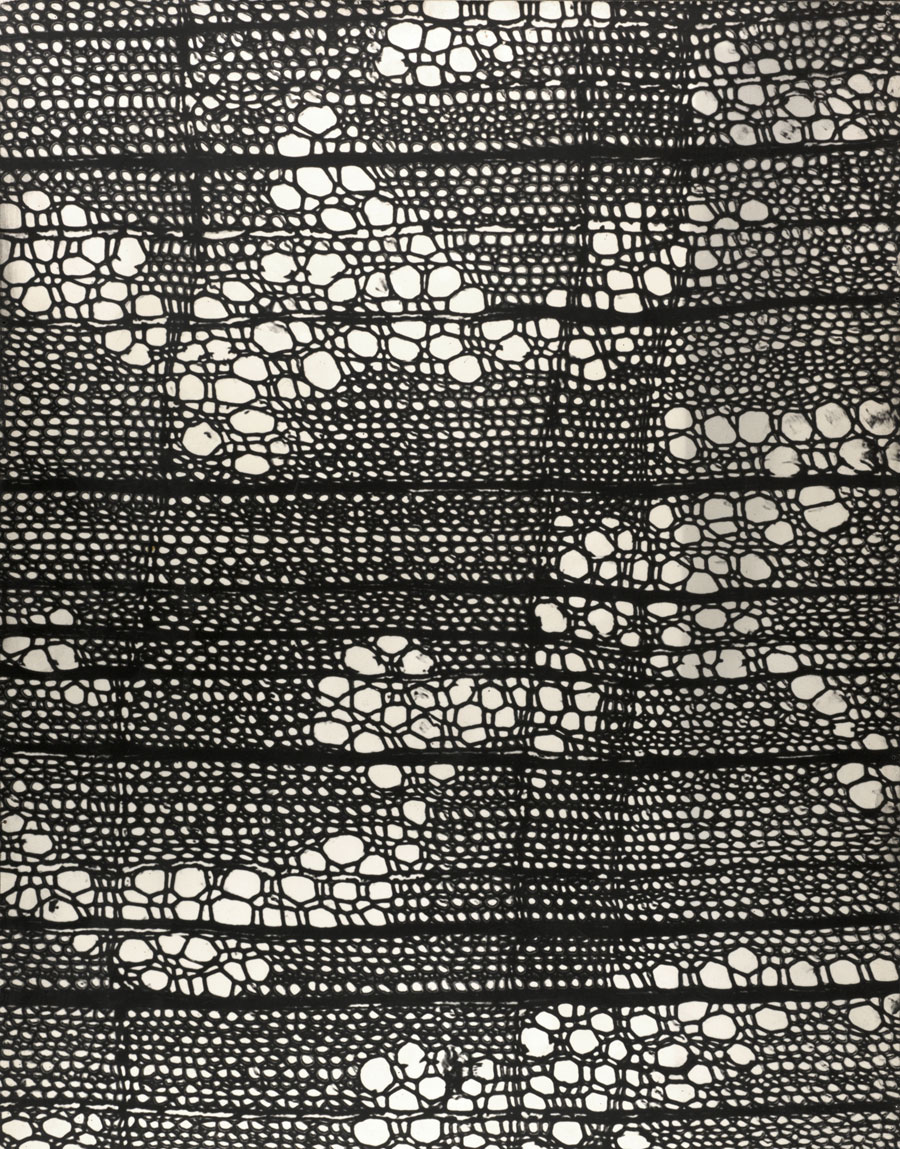
Via: Socks-Studio, Cantor Arts Center at Stanford University website
Would you like to support Flashbak?
Please consider making a donation to our site. We don't want to rely on ads to bring you the best of visual culture. You can also support us by signing up to our Mailing List. And you can also follow us on Facebook, Instagram and Twitter. For great art and culture delivered to your door, visit our shop.

